
Tips on traveling to Portugal
Boasting a wealth of cultural sights, a world-class wine region and some of the most remarkable beaches on the planet, Portugal deserves to be at the top of just about everyone’s travel bucket list. Yet compared to some of its European neighbors, it still flies under the radar. This is great news for trailblazers but somewhat frustrating for overplanners like me, because it means there’s criminally little information out there about all of Portugal’s cultural quirks–you know, all those little things you wish someone had told you before you made an utter fool of yourself by counting with your thumb or wandering into a church with a miniskirt on.
(For example, why didn’t any of the guide books mention that the center of Porto is so crowded that you’re basically SOL if you don’t have a Saturday night dinner reservation? That would have been great to know.)
So here I am, filling the void. Without further ado, here are all the things I wish I’d known before landing in Lisbon.
Slow it down
If you’re looking for fast-paced food service, you’ve come to the wrong country. Like others in Southern Europe, the Portuguese believe going out to eat isn’t as much about the food as it is about connecting with one another and taking some time to unwind. (They also seem to believe it’s rude to drop off the bill before you’ve asked for it, so don’t expect it to magically appear once the plates are cleared like it does in the U.S.) During our two weeks in Portugal, we often spent one and a half or two hours enjoying lunches and dinners, and we really didn’t mind the languid pace: We used that time to bask in the sun, admire a wonderful view, talk about life or plan out the rest of our day.
Take a hike
If you’re headed to Portugal for a city break, be prepared for hills…LOTS of hills. With many of its popular sights and neighborhoods situated hundreds of feet above the sea-level city center, Lisbon gives San Francisco a run for its money…and Porto isn’t exactly flat, either. Just like in SF, many tourists get around by riding the cities’ adorable historic trolleys, but unless you’re visiting in the dead of winter, those get so crowded that I recommend skipping them altogether and hoofing it if you can. The view’s better anyway–what’s a trip to Lisbon without a glimpse at its many historic staircases and romantic, narrow alleys? Just make sure to wear comfortable, cushioned shoes and be careful on rainy days…those tiled sidewalks can be mighty slippery!
Break out the Lactaid
If you, like us, elect to stay in apartments instead of hotels while you’re in Portugal, you’ll probably end up hitting a pasteleria or two for breakfast. Whether it’s the famous Pastéis de Belém or a nondescript shop around the corner from your temporary home, here’s what you can expect to find: eggs, cream, sugar, eggs…and more eggs. I knew Portugal’s most famous dessert was the pastel de nata–a tiny, delicious and delicate custard tart–but I had no idea its signature pastry was just the beginning of this country’s sugar-and-egg obsession. Almost every takeaway breakfast item you’ll find involves sugar and eggs, whether it’s in the form of a sponge cake, a custard or a giant meringue. Portugal sure has a sweet tooth–but if you don’t, I recommend finding a grocery store when you arrive and stocking up on crusty bread and deli meats, fruit and yogurt or cereal and milk.
Dine in the dark
Just like their neighbors in Spain, the Portuguese wouldn’t dream of sitting down to dinner before sunset. Even though restaurants in the major tourist centers open for dinner at 7 p.m., you might prefer to embrace the local late-night ways and shoot for a dinnertime of about 9:30. Those who eat later and venture farther from the city center will get a better glimpse of real Portuguese life…and probably better food, too.
Prepare for crowds
I have no idea why, but Americans almost never visit Portugal. When I asked my Facebook friends for advice on where to go, only a tiny handful had information to share. I reasoned that since so few Americans would be there and we were traveling in the off season, we’d see practically no tourists. Um…I would like to take this moment to admonish Past Me for making such America-centic assumptions.
While the Algarve was blessedly quiet and there were more black-caped students than white-sneakered foreigners in Coimbra, both Lisbon and Porto were packed TO THE GILLS with travelers, especially groups from the UK, Germany and France. We were so surprised and overwhelmed by the crowds that we found ourselves skipping out on a handful of major sights just to avoid the constant close proximity with other people. I later found out that the number of annual visitors to Portugal has actually eclipsed the country’s population of 10 million, and it’s only getting worse. Had we known this ahead of time, we might have planned ahead a bit more with dinner reservations and earlier mornings.
Layer up
I’m from Northern California, where the surfing is great…as long as your wetsuit is thick and you’ve got the neoprene boots to match. So I was thrilled to find out the sea temperature in the Algarve would be around 70 degrees Fahrenheit in October. Room-temperature water is basically like bath water, right? Wrong! While Portugal is known all over Europe as a beachy resort destination–and make no mistake, summers get extremely hot there–you won’t find the sort of tantalizingly warm water that Ibiza or Sicily boasts. While it’s just as far south as its Mediterranean neighbors, the southern coast of Portugal actually lies along the wild, untamed Atlantic Sea, where waves are a lot chillier than in the Med. If you’re sensitive to cold water, consider bringing a rashguard to keep warm, or try kayaking instead of swimming.
What do you wish you’d known before traveling to Portugal? Or, if you’re Portuguese, what do you wish tourists knew before traveling to your home? Share in the comments!

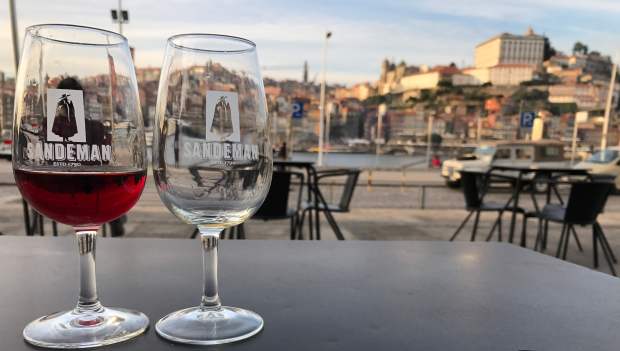
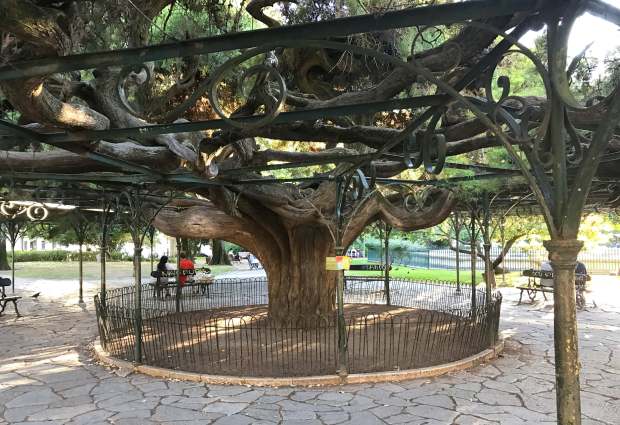

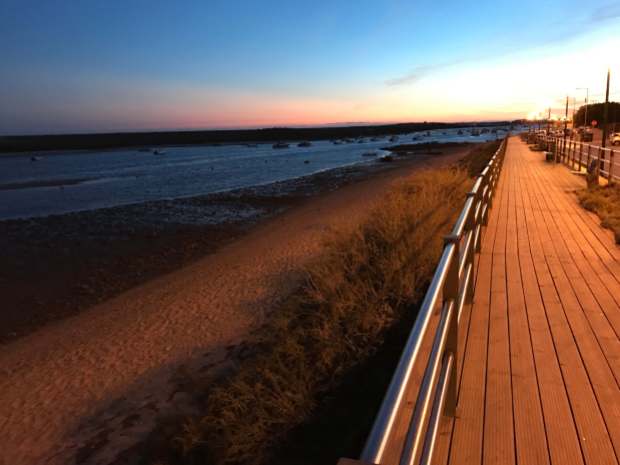
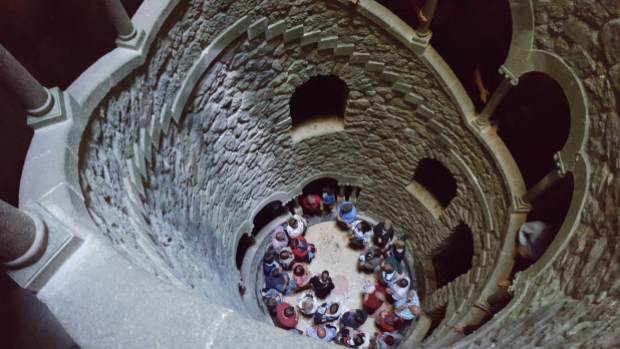
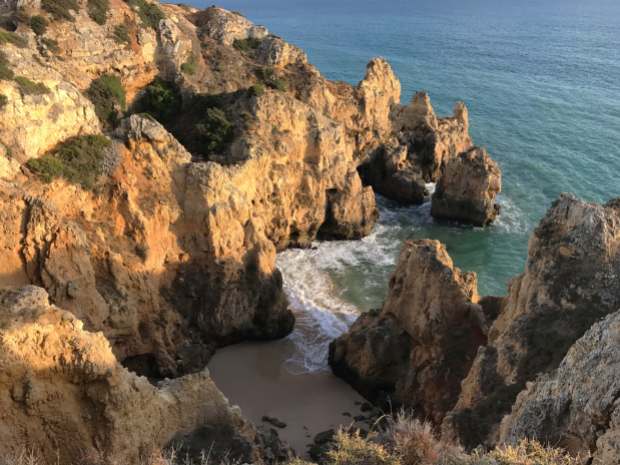





Comments
Kayaking in Lagos, Portugal – Jill Kimball
May 25, 2017 at 2:07 am
[…] READ NEXT: TIPS ON TRAVELING TO PORTUGAL […]
Where to eat and drink on Tulum Beach – Jill Kimball
November 6, 2018 at 1:04 am
[…] early. We found that Tulum’s dining schedule is pretty much the opposite of Portugal’s. It isn’t a late-night town — probably because it’s not on the Mexican electrical […]
Comments are closed